The Model
 The 1950 Chevy 3100 is part of GM’s Chevy Advance Design series of trucks from 1947 to 1955. These trucks were known for their classic, utilitarian design and are often considered iconic in American automotive history.
The 1950 Chevy 3100 is part of GM’s Chevy Advance Design series of trucks from 1947 to 1955. These trucks were known for their classic, utilitarian design and are often considered iconic in American automotive history.
These trucks played a significant role in post-World War II America, using them for various purposes, including agriculture, construction, and delivery services. This Chevy is a classic representation of mid-20th-century American work trucks and continues to symbolize that era’s automotive design and functionality.
Some details
When looking at the resin photos below, please understand that this Truck was shot with a 105mm Macro lens attached to a 1.7 converter on a Full-Frame sensor providing a ~70% magnification. We are looking at an extreme representation of this model. The “print lines” are less than 1/500th millimeters thick. These are straight from the printer. No anti-aliasing or curing has been applied. The printer I am using is the Anycubic Photon Mono 2, which is currently on sale for $169 us.
Sample Gallery
Printing
3D printing in N Scale presents many challenges. N-scale resin printing has revolutionized how model railroaders create miniature models. It offers the flexibility to design and produce custom components, particularly useful when specific models or unique elements are required for a layout.
Filliment (FDM)
Until recently, modelers have had to settle for undesirable detail results that the practically “affordable” filament (FDM) printers produced. While filament printing is one of the most popular and accessible methods for creating three-dimensional objects, it’s relatively low cost, has a wide material selection, and is easy to use. But comes with some limitations, such as the lack of detail and the layer lines (as thick as 1-2mm) in the final object, which require post-processing for a properly finished model.

Resin, the game changer (SLA)
3D Resin printing is a method of creating highly detailed and precise miniature models. Resin printing is a specific 3D printing technology that uses liquid photopolymer resin cured by ultraviolet (UV) light to create objects layer by layer. When used for N-scale modeling, it allows for producing intricate and accurate models of trains, buildings, and scenery.

N-scale resin printing has revolutionized how model railroaders and hobbyists create detailed and accurate miniatures, specifically due to the lack or expense of availability. It offers the flexibility to design and produce custom components for a specific era or unique to a location or railroad.
A bit about resolutions
Not all pixels are created equal!
 When looking at resin printers, you must be careful about resolution. It’s more about pixel size that gives you the fine detail than actual resolution.
When looking at resin printers, you must be careful about resolution. It’s more about pixel size that gives you the fine detail than actual resolution.
For example, this 4K printer prints 4096 x 2560 pixels with a 6.6-inch monochrome LCD screen. Meaning each pixel is 34μm (microns). Compare that to an 8k printer like the Phrozen Mega 8k at 7680 x 4320 with a 15″ LCD screen. Meaning each pixel is 43μm. Conversely, if you take the 8K resolution and put it on the same 6.6″ LCD, you’ll have pixels that are 19μm, roughly twice as small, equating to an image twice as sharp.
In short (if you are still with me), the Anycubic Photon Mono 2 at 4k ($270 $169 on sale) printer that I have will have finer details than the Phroxen Mega 8K ($2,900). Grant it, the Phrozen can print more and bigger “things” and print them a bit faster, too, but for me, a 6.6 plate is plenty for N-Scale. I was able to get four bodies and chassis on the build plate for a single print.
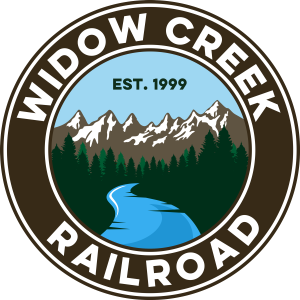
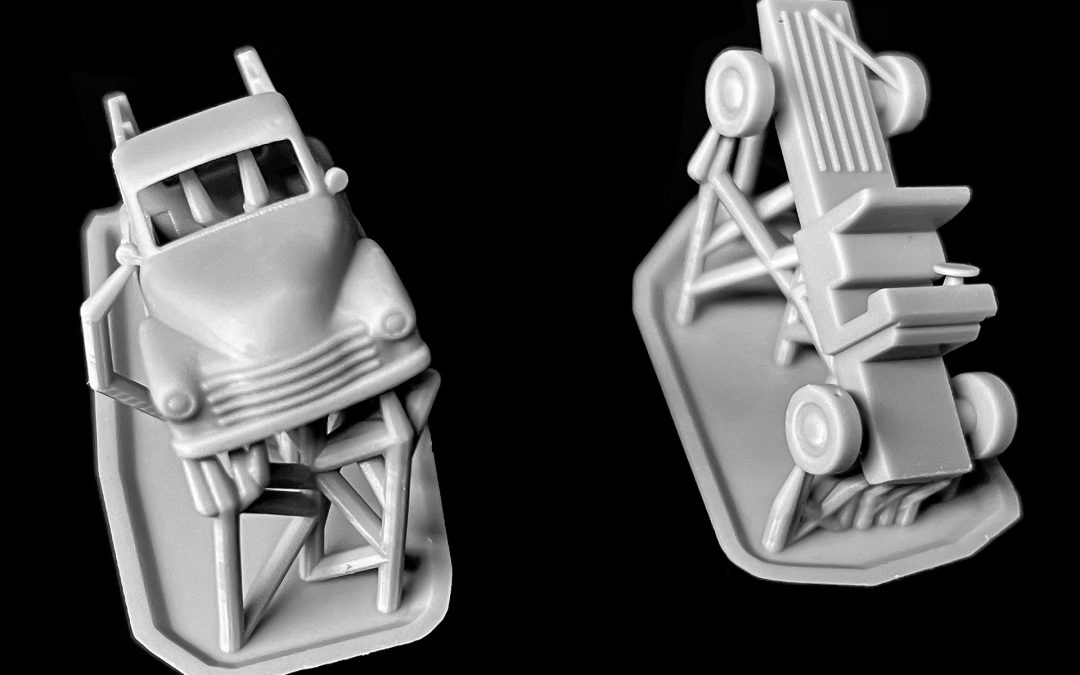






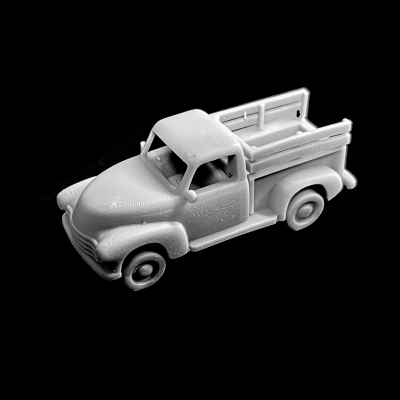



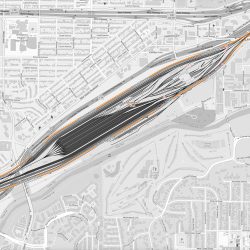
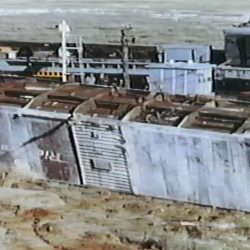
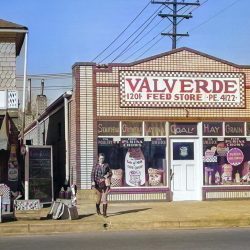
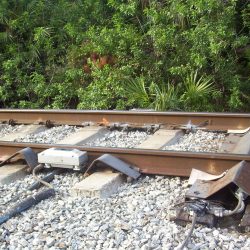
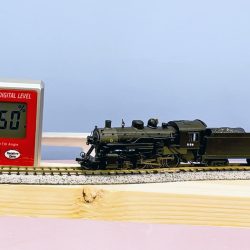

Thank you for sharing this. Your prints are outstanding.
Did you do the design work and if so what did you use?
Thank you.
I do not do my own designs. I tried TinkerCAd, but it is NOT Mac friendly.
Fortunately, there is a ton of MRR files available on the net that will keep me busy for a long time. also, scaling up/down form another model scale i srealitivly easy in most slicers.
Enjoyed the writeup and looking to learn more as I have seats I need made in N scale for a drover car.
You should do a actual session live so us idiots can see how it’s done